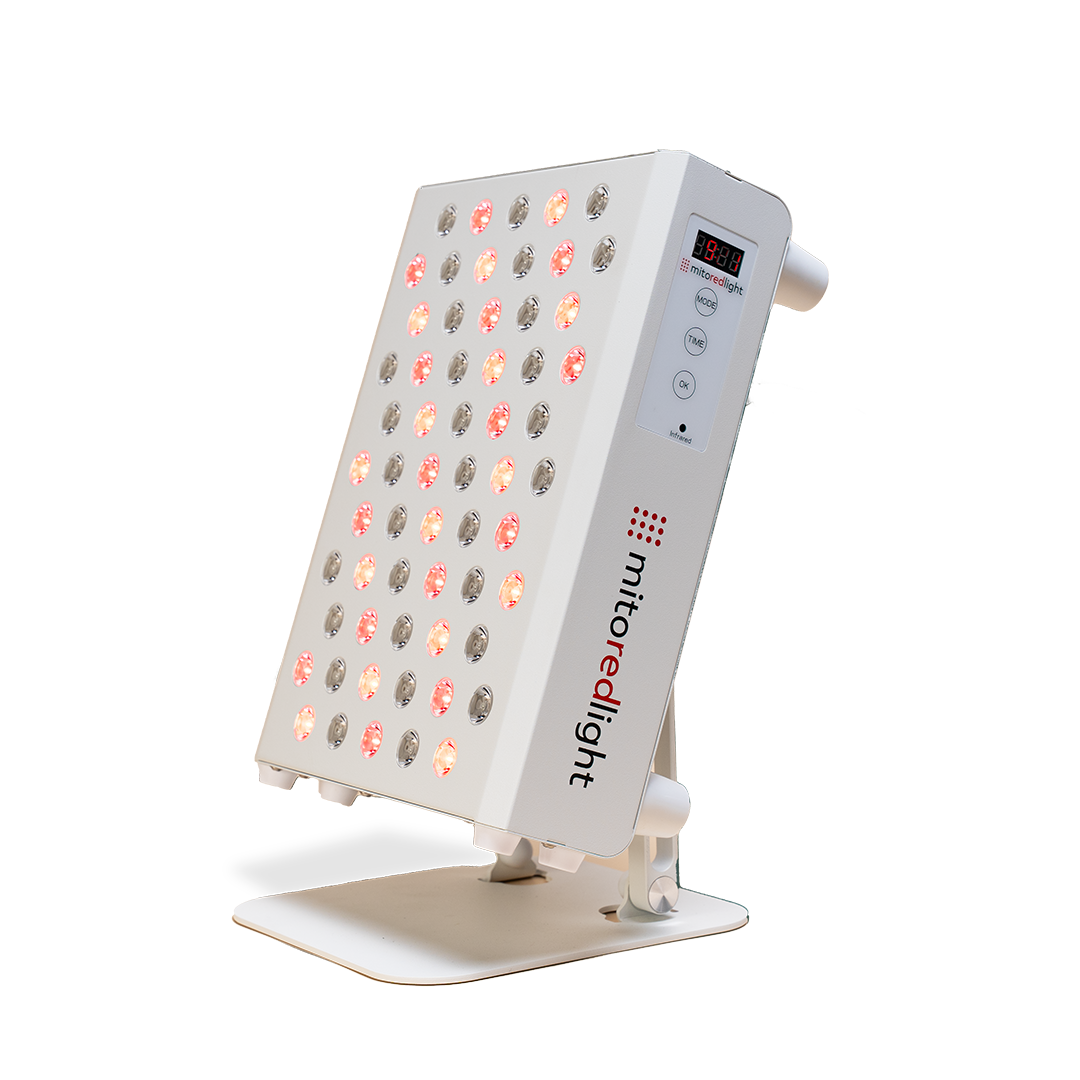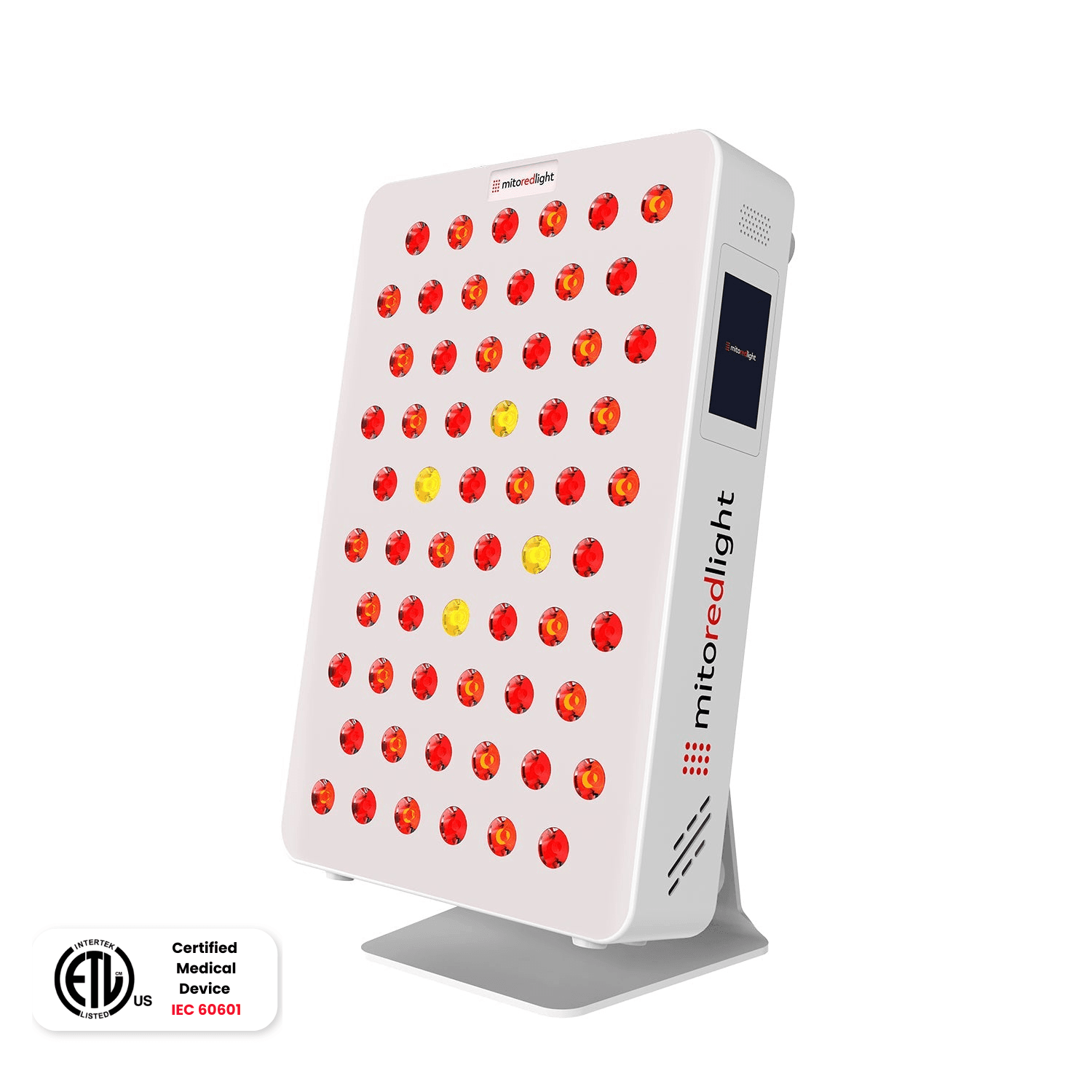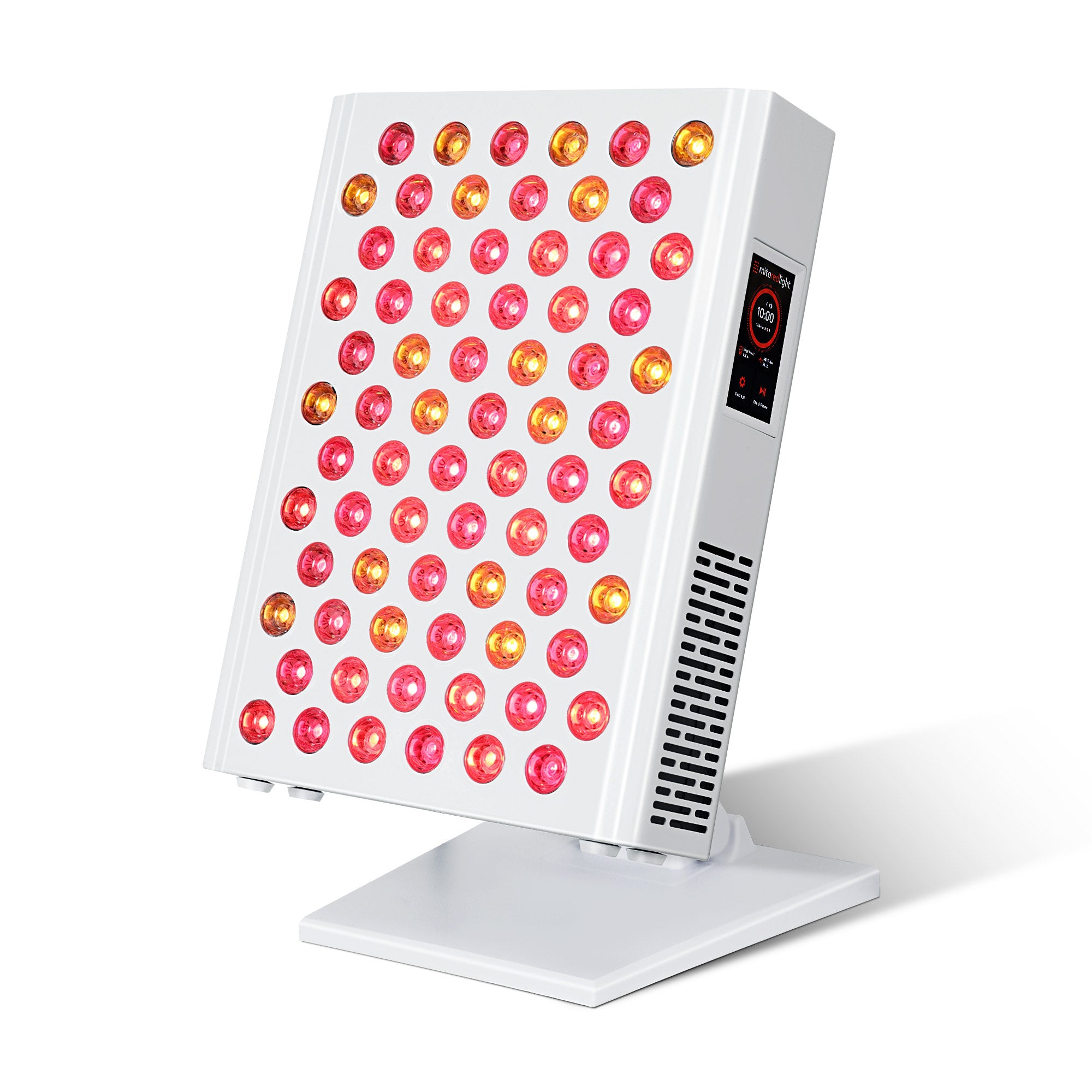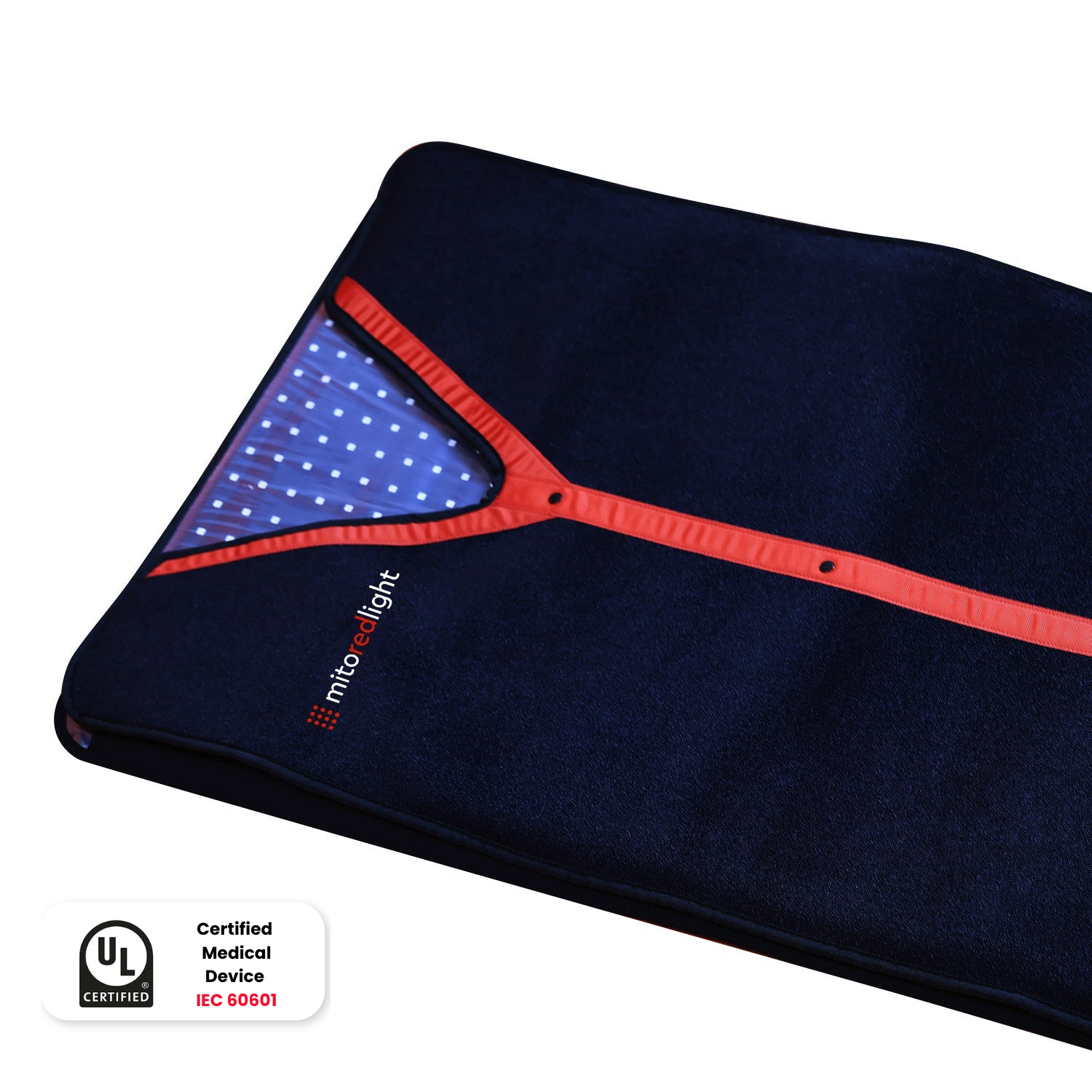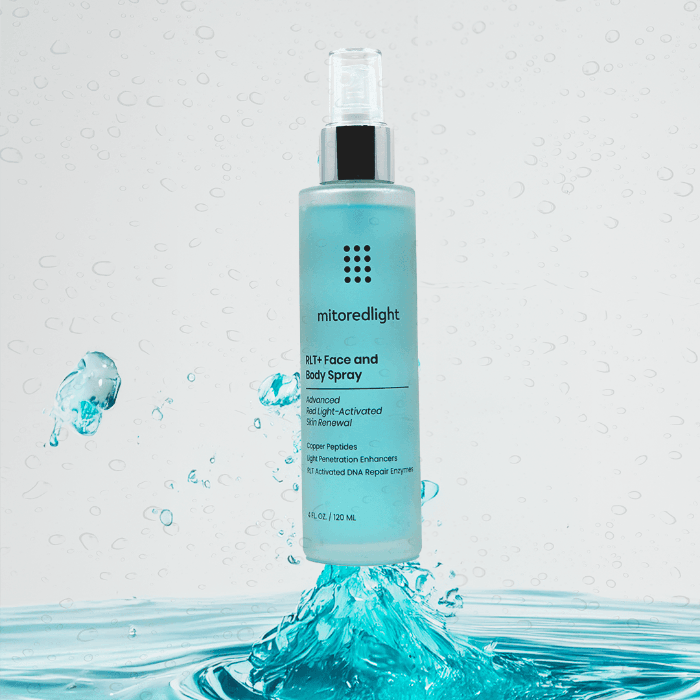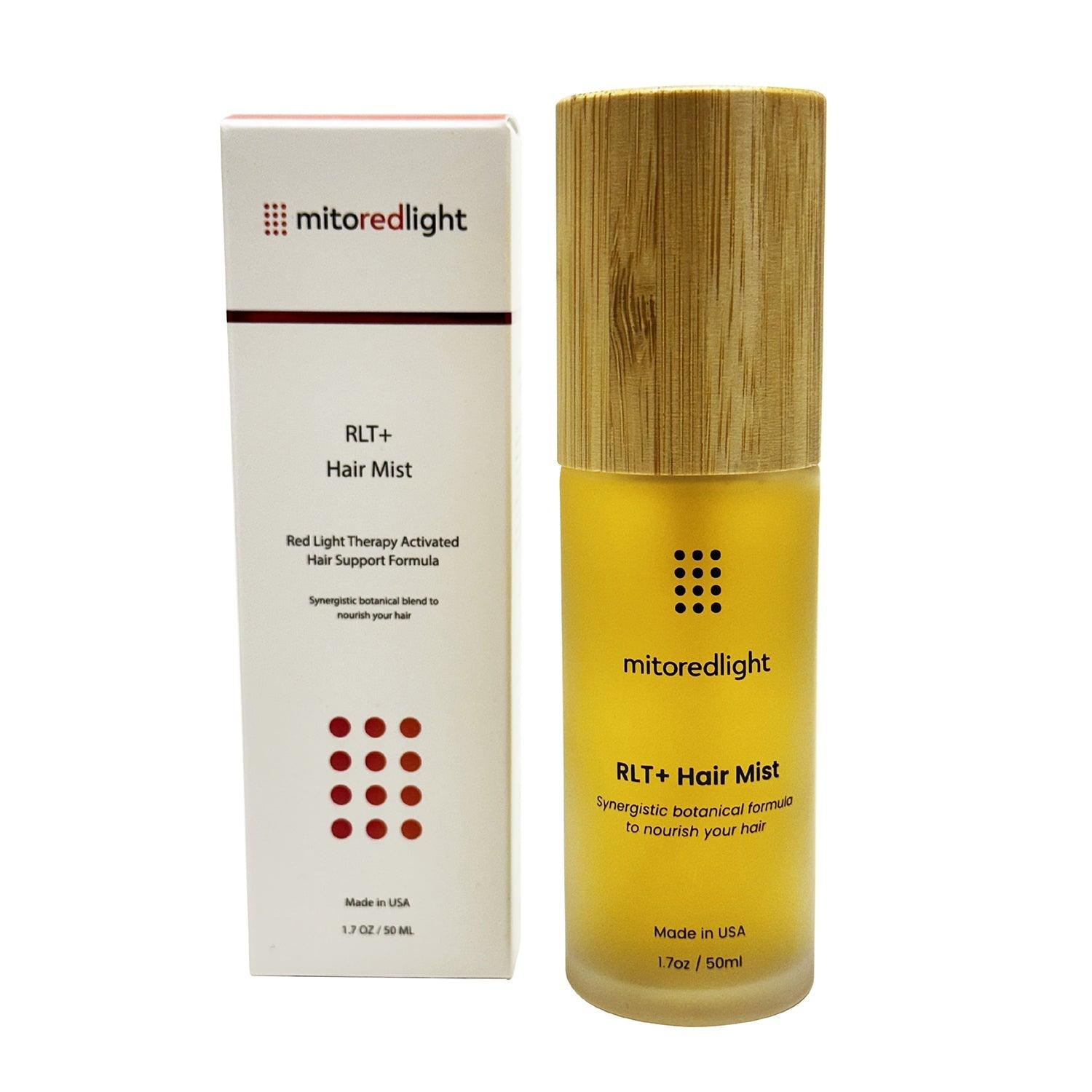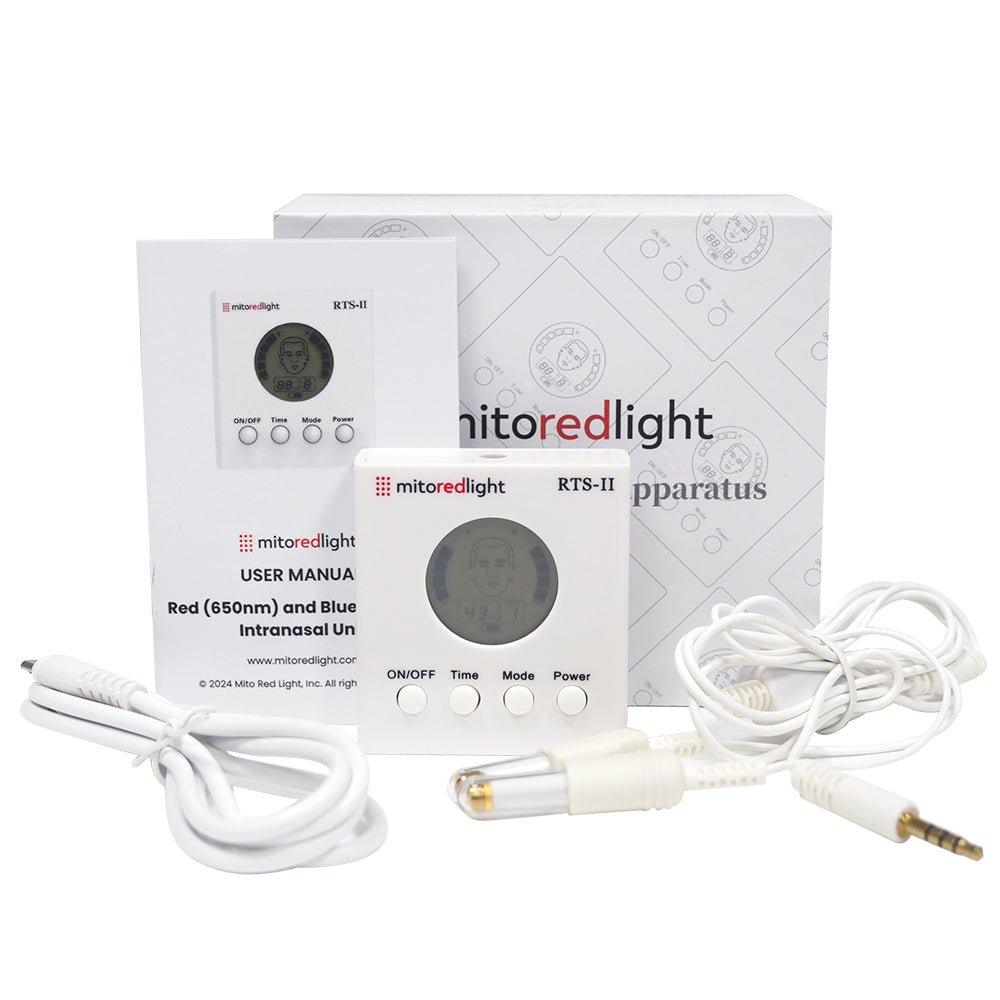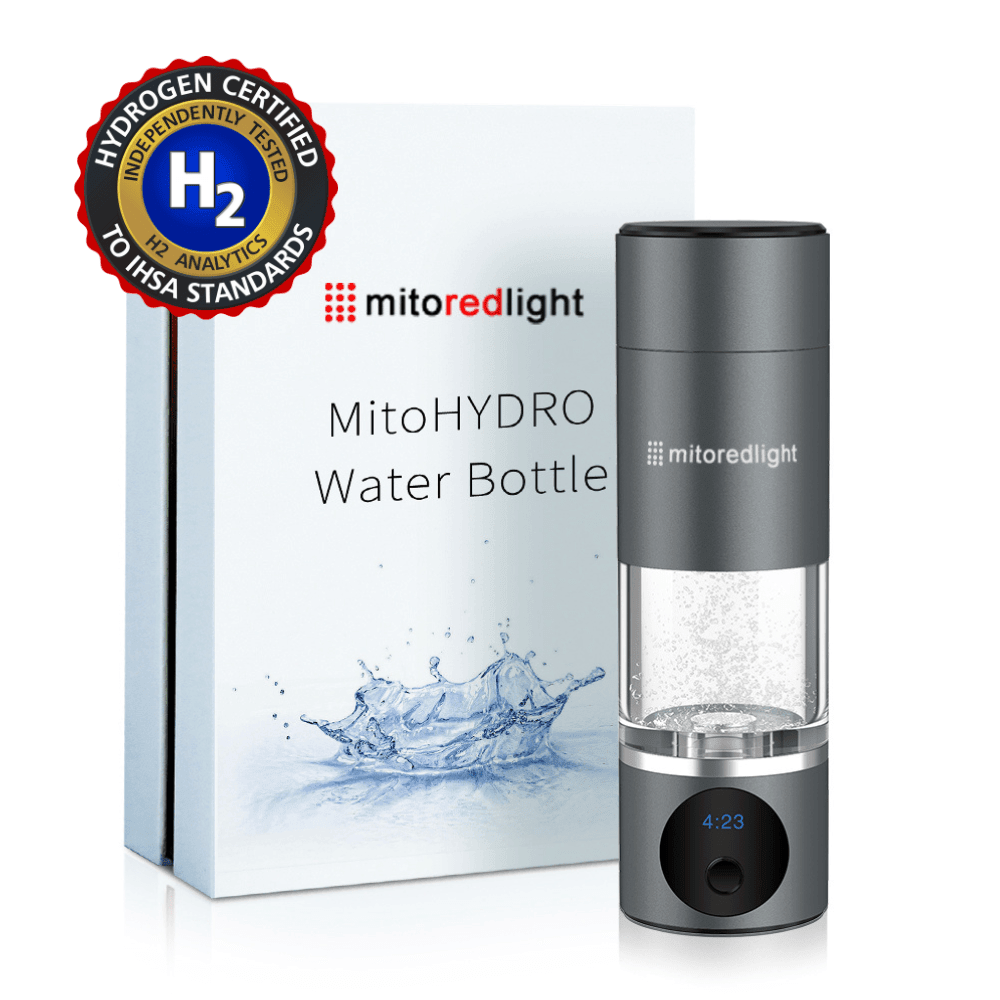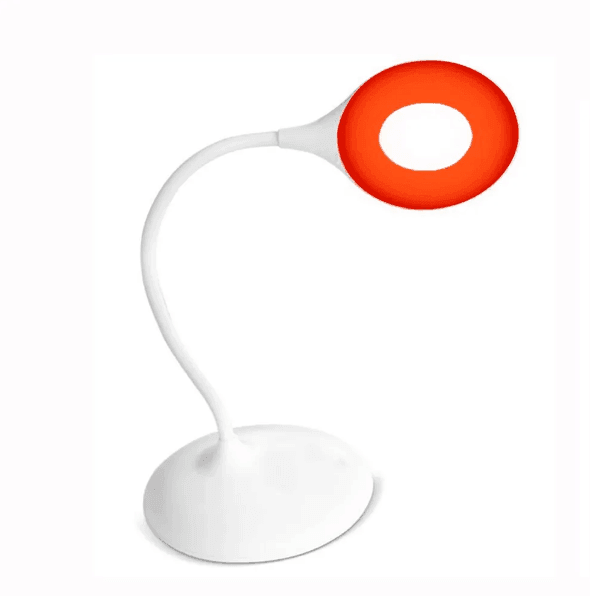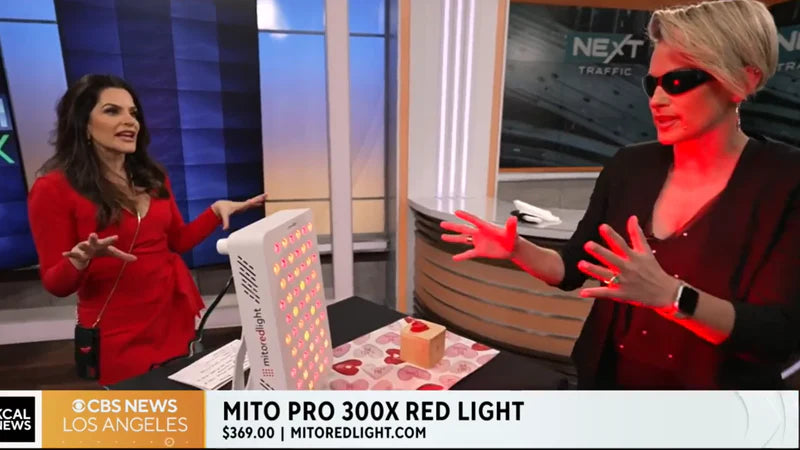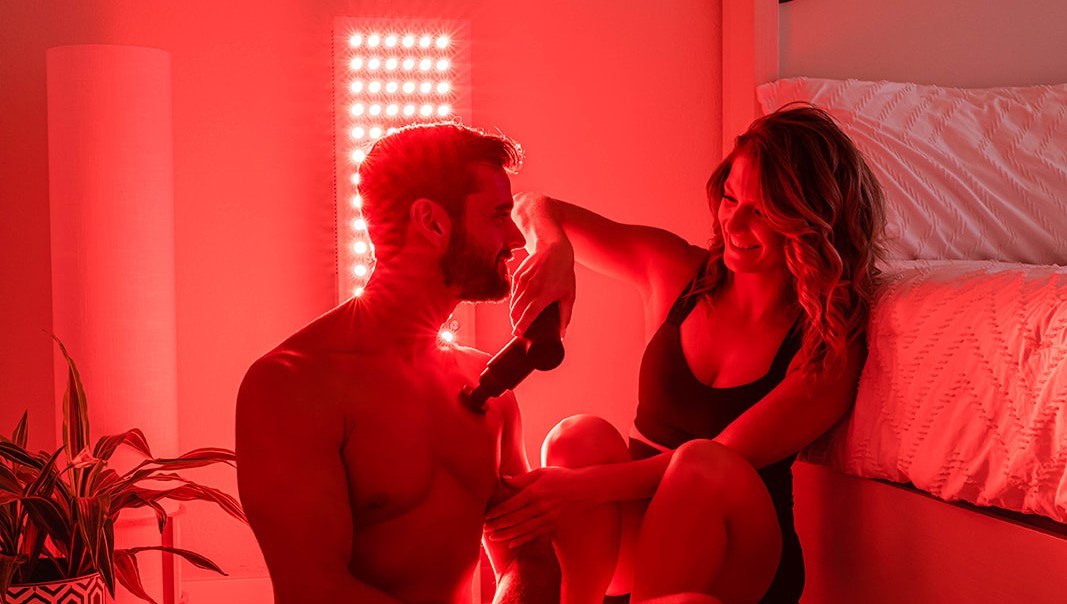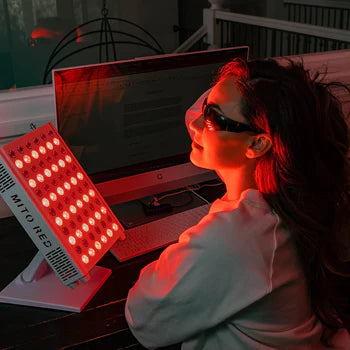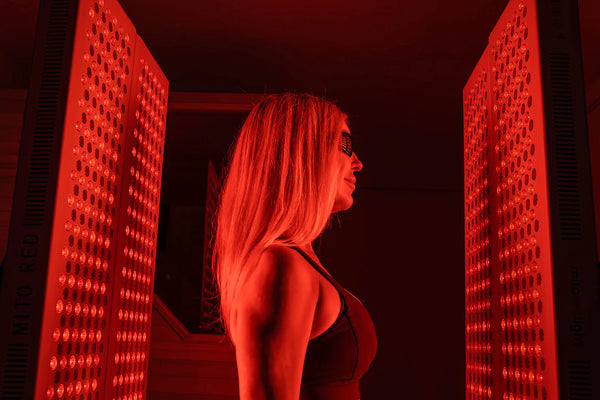DISCLAIMER: Mito Red Light devices are Class II wellness devices aimed at affecting the body through topical heating and supporting cellular function. The information provided in this article and on this site is for educational purposes only and is not intended to imply effectiveness of Mito Red Light devices for any specific application. The information provided in this article and on this site is not intended to diagnose, treat, cure, or prevent any disease, is not a substitute for consultation with a licensed medical provider and should not be construed as medical advice. Click here to read our article on potential contraindications of red light therapy..
Medically Reviewed by | Heidi Wright, BSN, RN, PCCN
Tanning salons first opened in the United States during the late 1970s. Back then, generally, only one type of sunbed was available. Today, there are two distinct types of light beds on the market: ultraviolet (UV) tanning beds and red light therapy beds, both of which are available for home and commercial use. Let's discuss their differences and determine which of the two is best for your specific needs.
What is a UV bed?
If you’re starting to notice little signs of aging, like fine lines, wrinkles, and skin that is less resilient, you probably grew up between the ‘70s and ‘90s when tanning beds and tanning itself were ultra-popular. The typical tanning session lasted anywhere between 8-20 minutes, and most of us rejoiced at the possibility of keeping a sunkissed, golden tan year-round in just a few sweaty, sunless sessions per week.
When thinking about sunbeds, UV beds are what usually come to mind. These are tanning beds that emit ultraviolet light, including both UVA (with an approximate 320-400 nm wavelength) and UVB (with an approximate 280-320 nm wavelength).
Exposure to UVA and UVB lights contributes to the development of a tan. UVA produces an immediate result, while UVB exposure causes delayed tanning, where the effects develop slowly over a number of days. In addition to tanning the skin, when UVB rays hit cholesterol in the skin cells, it provides the energy for vitamin D synthesis to occur, which has numerous benefits for the mind and body. UV sunbeds produce more UVA than UVB, allowing it to provide an instantaneous glow, according to Harvard Health.
All this exposure, combined with the super slick, oily tanning lotions most of us used to increase the depth and color of our tans, left most of us golden brown in our 20s — but with visible age spots, less elasticity, and an anti-aging skincare routine that practically requires an aesthetician license. While some sun exposure is good and necessary (read above), too much is detrimental to our skin and overall health.
Now that keeping tanned skin is less popular, it’s important to remember that there are still useful benefits associated with various forms of photobiomodulation, or “light therapy.” Interestingly, one of the many benefits of red light therapy is its ability to target the damage done to the skin from years of UV exposure.
What is a red light therapy bed?
Having a similar concept to tanning beds, red light beds are full-body LED devices designed for you to lay on. In earlier years, the typical places you’d be most likely to find red light therapy beds were high-end spas, wellness centers, and gyms. Thanks to increased popularity and emerging research about the many benefits of red light therapy, we now have access to red light therapy devices for at-home use. Recently Mito Red launched our one-of-a-kind full-body, immersive red light therapy experience: the Mito Red Light Bed. Constructed in a similar fashion to a tanning bed, this bed offers beneficial red light for the entire body in a comfortable, laydown bed that is open on the sides for maximum comfort.
What Is Red Light Therapy?
Why spend your time in a light therapy bed that doesn’t tan your skin? Red light therapy helps improve your health, both the health of your skin and your total body, without harmful side effects like those associated with UV tanning bed usage.
How Does Red Light Therapy Work?
Red light therapy (RLT) provides beneficial wavelengths of light that are also in sunlight but without UV rays. Red light has wavelengths that measure between 620-700 nm, while near-infrared (NIR) light has wavelengths that are longer, measuring between 800 nm to 900 nm. Both RLT and NIR light therapy have health benefits that are more than just skin deep.
These wavelengths of light target the cells in our body, the very foundations of every tissue, organ, and system that make us “us.” Inside our cells, tiny structures called mitochondria produce a molecule called ATP, which is what our cells use for energy. More ATP, which means more cellular energy, which means cells are able to work at optimal levels. As we age, our cells make less ATP, which means they don’t work as efficiently as they used to. That lack of cellular energy has a trickle-down effect which can lead to undesirable issues with the skin, our overall health, athletic performance, and even our ability to get a good night of sleep.
Red light is absorbed by a specific molecule that is directly involved with the creation of ATP. Stimulation of this molecule leads to improved ATP production, which leads to better cellular function and a better functioning body. When your cells are performing better, there’s virtually no limit to the benefits you’ll experience.
What Are the Benefits of Red Light Therapy?
Even though the use of light therapy is not new, we are still discovering new ways in which these therapies benefit our bodies. Here are some of the most researched and highly sought-after benefits you can enjoy right now.
Skin Benefits
If years of tanning, or simply the aging process alone, has left your skin looking older than you imagined it would be, red light therapy is one of the most researched ways to help. By targeting fibroblasts in the skin responsible for the creation of collagen. Collagen production naturally slows down as we get older.
We lose about 1% of our skin’s natural ability to produce both collagen and elastin every year starting in our 20s. By targeting the cells responsible for creating collagen and stimulating them to work harder, red light therapy helps with skin rejuvenation, improving skin tone and texture.
In addition to anti-aging skin benefits, red light therapy can also be useful for other skin concerns. If you suffer from eczema, psoriasis, or certain types of scarring (like stretch marks or dark spots from blemishes), red light therapy can help. In addition to stimulating collagen production, red light therapy also helps by potentially supporting skin cell turnover.
Pain and Inflammation
Joint pain and sore muscles get relief from NIR light therapy. This wavelength of red light is able to reach deeper into the body, addressing both soft and hard tissues like muscle and bone to target inflammation at the source and help release tight muscles.
Red light also helps support circulation and blood flow to areas that are injured or sore, helping ensure they are receiving oxygen.
Sleep
Getting enough sleep can be hard, especially with busy, stressful lives. Unlike some forms of intrusive light (think blue light), exposure to red LED light before bed may help support the quality of your sleep.
Red light has numerous other scientifically backed benefits, making it a superior choice for light therapy.
Bottom Line
In addition to being UV-light-free, red light therapy is a wellness approach that uses different wavelengths of light for health and cosmetic purposes, including healing cells under oxidative stress. Although some people refer to this procedure as "red light tanning," red light therapy beds do not stimulate melanin production to darken the skin.
Clinical research suggests that low-level laser therapy can help with muscle recovery, inflammation, wound healing and scar removal, skin rejuvenation, and may even reverse hair loss, among several other benefits. You can learn more about how a red light therapy bed can benefit you by checking out this Healthline article and our own red light therapy overview article offer a comprehensive summary.
Does red light therapy tan the skin?
If you want gorgeous bronzed skin, you may be disappointed to know that red light therapy beds alone cannot tan your skin. The bright side, however, is that red light beds do not damage your skin like UV lights from tanning beds can.
As you may already know, tanning beds or sun lamps can be harmful compared to other tanning methods. According to the American Academy of Dermatology Association (AAD), UV light from tanning beds can lead to melanoma and increase the chances of a benign (noncancerous) mole progressing to a form of skin cancer. Specifically, indoor tanning raises your risk of developing basal cell carcinoma by 24 percent and squamous cell carcinoma by 58 percent. Furthermore, excessive exposure to UV radiation can cause premature skin aging, immune suppression, and ocular melanoma, warns the World Health Organization (WHO). Because we now know that those countless hours spent in tanning beds were harming our skin, a healthier consideration might be a spray tan for keeping golden-looking skin year-round.
What are the different wavelengths of red light therapy vs. tanning beds?
In some cases, red light therapy systems and tanning machines may look similar. Both are available in similarly constructed models like lay-down or stand-up beds. However, they serve completely different purposes and use light from different aspects of the electromagnetic spectrum. Red and near-infrared light beds use wavelengths of light in the 600-900nm range, while ultraviolet light is at 100-400 nm. Red light delivers a myriad of therapeutic effects, while UV light from sunbeds mostly tans the skin and stimulates Vitamin D synthesis.
Is it safe to use a tanning bed with red light therapy?
Despite having different functions, indoor tanning systems and red light therapy work in perfect harmony. Allow us to explain.
Yes, bronzed skin is associated with beauty and an active lifestyle in the US, but maintaining your tan 24/7/365 can come with a price. If you achieve your sun-kissed, glowing skin by tanning under direct sunlight or using a UV sunbed, remember that ultraviolet exposure can cause skin damage. Moreover, premature aging, leathery skin, or worse, can occur as a result of excessive tanning.
On the other hand, red light or low-level laser therapy beds do the opposite. While developing a tan is not something it can provide, this innovative system repairs and rejuvenates the skin for a healthier and more youthful appearance. Red light therapy works by improving blood circulation or transporting nutrients to the different cells of the body, including the skin.
Combining natural or indoor tanning with red light therapy can be a knockout solution if you want to maintain a tan but still keep your skin as healthy as possible. When you use UV lights for tanning, red light therapy may improve your tan since RLT brings blood to the surface of your skin and produces a better tan through increased oxidation of melanin.
A 2015 study published in the Journal of Photochemistry and Photobiology also found that red and near-infrared light protects against high-energy light, therefore, allowing people to expose themselves to UV lights for longer without worrying excessively about skin damage. However, this shouldn’t give you the false promise of using a tanning bed and never experiencing skin damage. Think of it more like getting some protection from a known skin-damaging agent, similar to how sunblock works.
As such, if you are wondering, "Should I receive red light therapy before or after tanning?" – most would recommend using a red light therapy device before tanning. As an added benefit, doing so may even boost your vitamin D levels. Or, you could simply take a walk outside to get your daily dose of D and reserve your light therapy bed sessions for beneficial and safe red light only.
Conclusion
Some people may assume that red light therapy tans the skin because it uses light energy, plus the term "red light tanning" can cause confusion. Red light tanning simply means exposing your skin to red or near-infrared light. While some hybrid tanning systems have the capacity to darken the skin and provide therapeutic effects, a red light therapy bed alone cannot tan the skin since it emits zero UV, while UV beds and sun lamps are unable to deliver the mitochondrial boosting wellness benefits of red and near-infrared light.
Red light therapy only uses light at the infrared or near-infrared wavelength. By providing energy to the mitochondria, the cells function and regenerate better. Using red light therapy and tanning beds together does not create an impenetrable shield against skin damage, but research has shown that preconditioning the skin with red/near-infrared light could help to reduce the damage from UV and improve your tan.
Many gyms are now including red light therapy capsules or beds in there facilities. You may have seen this at Planet Fitness with their Planet Fitness Total Body Enhancement aka the Beauty Angel.
In our humble opinion, every gym and tanning salon in America should have a Mito Red Light Bed or a Mito Red Light Room so that frequent tanners can enjoy the benefits of red light therapy before their UV bed sessions.
Can you experience red light therapy at home?
If your local tanning salon does not have a red light therapy bed, Mito Red Light offers different devices that you can use whenever, wherever. From travel-friendly portable red light systems to full-body LED devices, investing in RLT equipment allows you to enjoy sessions on a more regular basis and at a more effective cost. Review our collections here. If you need help choosing the perfect device for your needs, check out our red light therapy buyer's guide or call us at +1 866-861-6486.
Related Articles:
- Everything You Need to Know About Red Light Therapy and SKIN
- Best Wavelengths for Red Light Therapy
- Red Light Therapy Benefits Overview
- Everything You Need to Know About Red Light Therapy and MUSCLE RECOVERY
Sources:
- Low-Intensity Light Therapy: Exploring the Role of Redox Mechanisms | PMC
- A Controlled Trial to Determine the Efficacy of Red and Near-Infrared Light Treatment in Patient Satisfaction, Reduction of Fine Lines, Wrinkles, Skin Roughness, and Intradermal Collagen Density Increase | NCBI
- Why does skin wrinkle with age? What is the best way to slow or prevent this process? | Scientific American
- Low-level laser (light) therapy (LLLT) in skin: stimulating, healing, restoring | PMC
